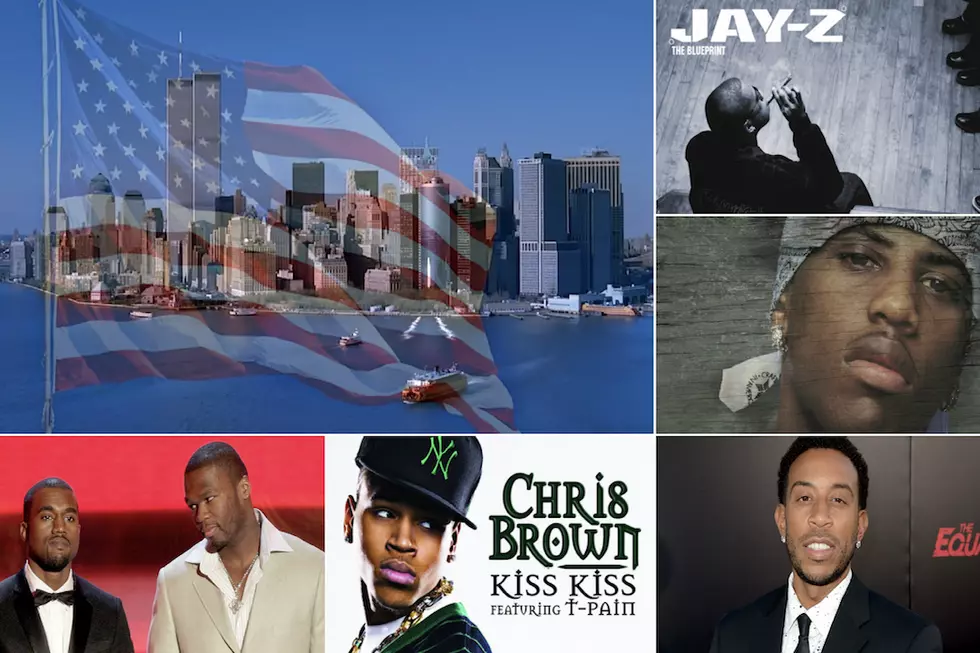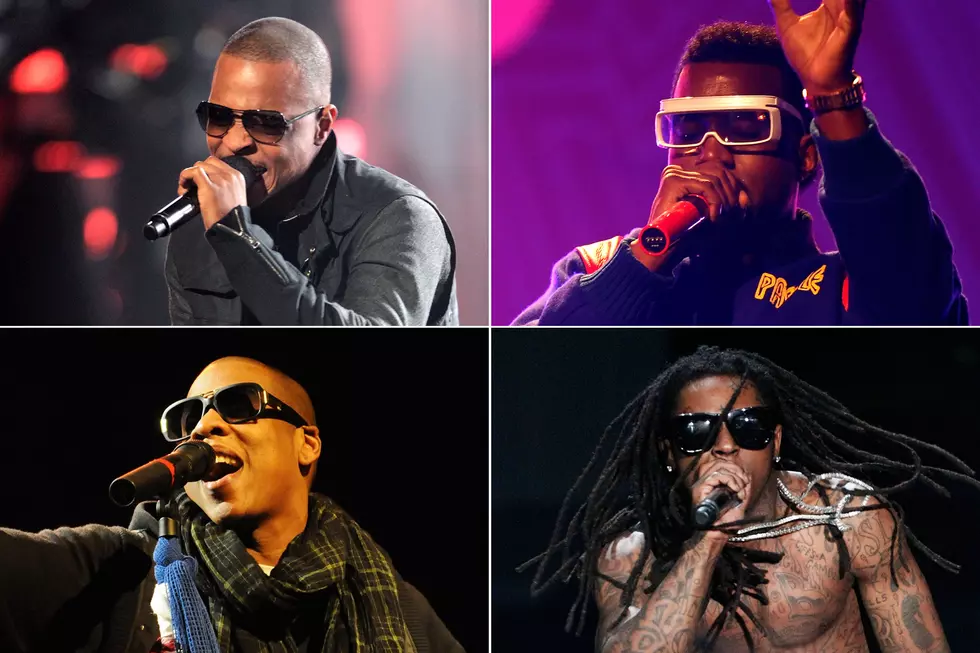
Hit Me Up: Hip-Hop’s History With Pagers
In an era of smartphones, tablets, Netflix, and Uber Eats, it's hard to think back to a time where such things didn't exist.
But back in the 90s, people weren't arguing about whether the iPhone or the Android was the better smartphone— they were trying to find the nearest payphone to return a call after they received a page.
In 1921, the first page-like system was used by the Detroit police department. But it wasn't until 1949 that the very first telephone pager was patented. The name pager was first used in 1959 when Motorola made a personal radio communications product they called a pager. The pager revolutionized the way people sent and received messages.
By the time the '90s hit, roughly 61 million pagers were in use. The $50 handheld messaging device had become popular among doctors, professionals, and drug dealers. Hip-hop had adapted the pager into the culture and it wasn't long before it gained popularity due to the gadget being mentioned in songs and appearing in music videos.
In 1994, The Notorious B.I.G. released his debut studio album, Ready to Die. His single "Warning," opens with one of the most famous lyrics in his career, and gives a shoutout to the pager.
Who the fuck is this? Pagin me at 5:46 In the mornin, crack of dawn an' Now I'm yawnin, wipe the cold out my eye See who's this pagin me, and why? It's my nigga Pop from the barbershop. -Warning by The Notorious B.I.G.
In 1997, the pager would evolve from a one-way messaging device that could only receive numeric messages to a two-way messaging device. Using the original pager, you could only send a telephone number to the receiver and they would have to call the person back to communicate. With a two-way messaging device people no longer had to find a phone to reply.
The Motorola Page Writer 2000 was introduced in 1998, although it was not the first two-way pager it was the first one that hip-hop made popular. Hip-hop was known for setting trends and determining what was hot, and by the early 2000s, the two-way pager was a must-have item. If a person wanted to own one, they would have to shell out $400— and this didn't include activation or monthly usage of the device.
In 2001, Fabolous released the music video for his single "Young'n (Holla Back)." In the video, he stops rapping while talking to a girl on the train because he wants to get her phone number. He doesn't reach for a pen and pad, he pulls out his two-way and connects it to hers. This one small act showcased the pager and reinforced the idea that it was a hot commodity.
In 2001, Motorola announced the end of the manufacturing of the pager. The following year a new device would appear in JAY-Z's "Excuse Me Miss" music video. While people initially thought it was the two-way pager because of the lyrics, fans quickly learned that it was T-Mobile's newest device—the Sidekick.
Hip-hop had once again set the trend for what would be the newest must-have gadget. The Sidekick was different from the pager because it integrated an instant messaging client, specifically AIM.
A new brink in technology was on the horizon— you no longer had to go home to send an instant message from your computer; you could now do it from your phone. The Sidekick would gain popularity by using celebrities and hip-hop artists like Snoop Dogg to promote the device.
While the pager seems like a distant memory now, the old messaging device paved the way for the smartphones we own today. But it's widespread success wouldn't have been possible without the influence of hip-hop.
Worst To Best: Every JAY-Z Album Ranked
More From TheBoombox









